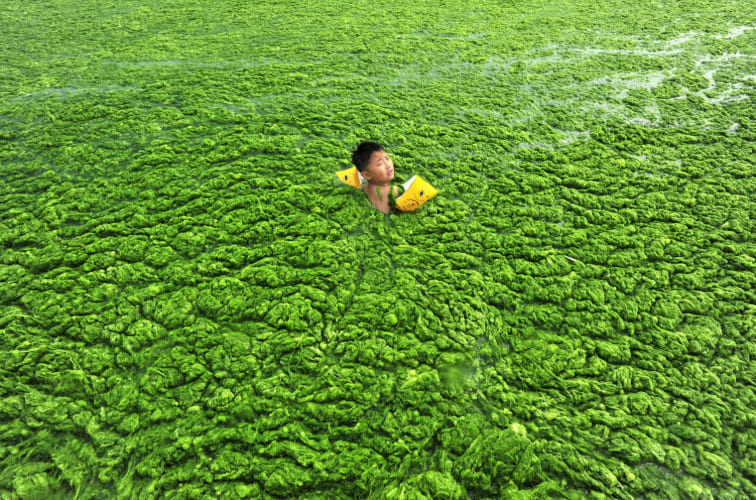The unhealthy smog that settled over Beijing earlier this year capturing international media attention, is not the only visible sign of China’s rapid economic growth and the resulting environmental hazards. Countless rivers and lakes have also been contaminated by nearby factories, and sometimes, dumping by local residents. This March, more than 2,000 dead pigs were found floating in a Shanghai river, a main water source for the city’s 23 million residents. Polluted water sources have been linked to a rise in “cancer villages,” or areas where cancer rates are high among people who live along tainted waterways.
Time’s Gu ongqiang contends that China’s failure to address environmental problems isn’t a product of technical or financial constraints, but rather an overwhelming lack of motivation by authorities. Mounting public outrage, largely aided by the power of social media, is starting to push officials to take action. Last week, the state-run China Daily newspaper announced the country’s plan to spend $16 billion over the next three years to deal with Beijing’s pollution, Reuters reported. An infusion of cash is only the beginning of a massive and much-needed cleanup effort in a country where it’s not uncommon to see rivers turned bright green by algae blooms or thick with garbage and dead
Over 2,200 pigs were found dead in a Shanghai river, one of the city’s main water sources, in early March.
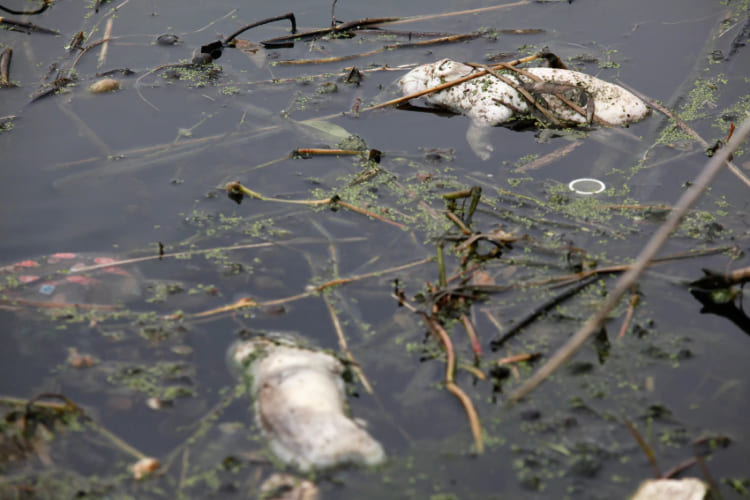
A boy swims in the algae-filled coastline of Qingdao, Shandong province.
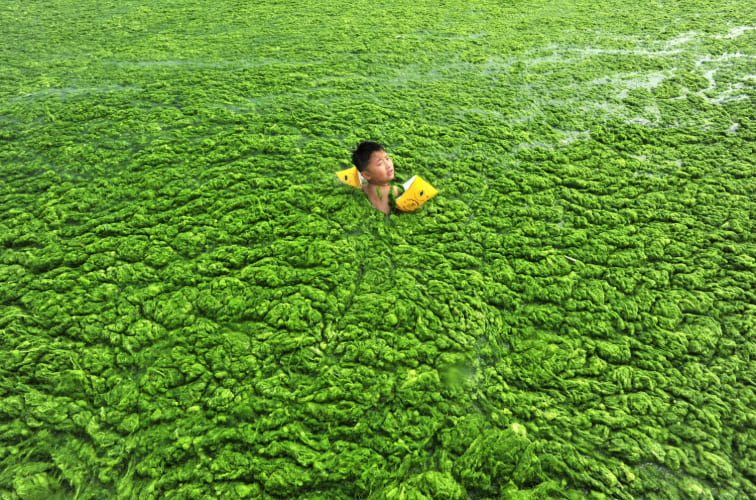
Two illegal chemical plants that were discharging their production waste water into the rain sewer pipes allegedly caused the Jianhe River in Luoyang, Henan province to turn red in December 2011.

Chaohu Lake in Hefei, Anhui province, is one of the eight rivers and lakes in China that the country plans to treat under a $7.4 billion construction plan.
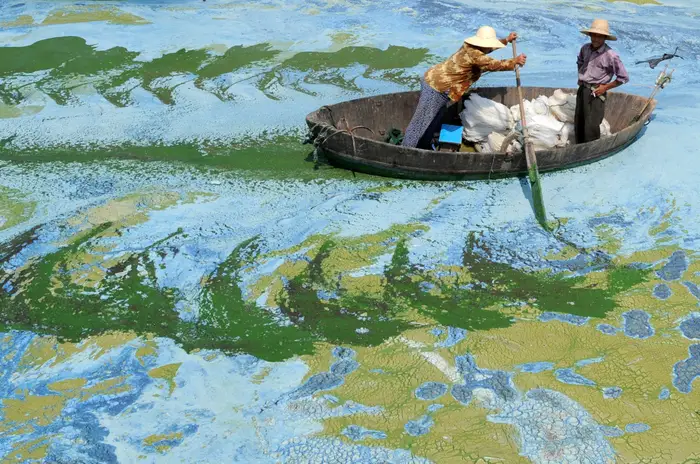
A child swims in a polluted reservoir, southwest of China’s Guizhou province in September 2006.
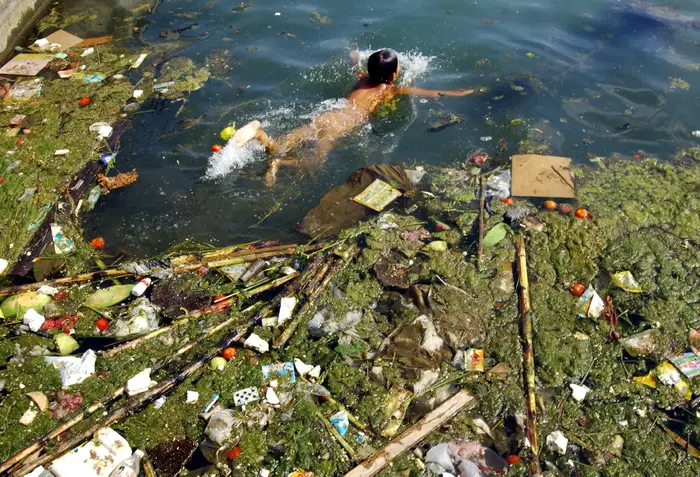
A dead fish floats in water filled with blue-green algae at the East Lake in Wuhan, Hubei province August 20, 2012.
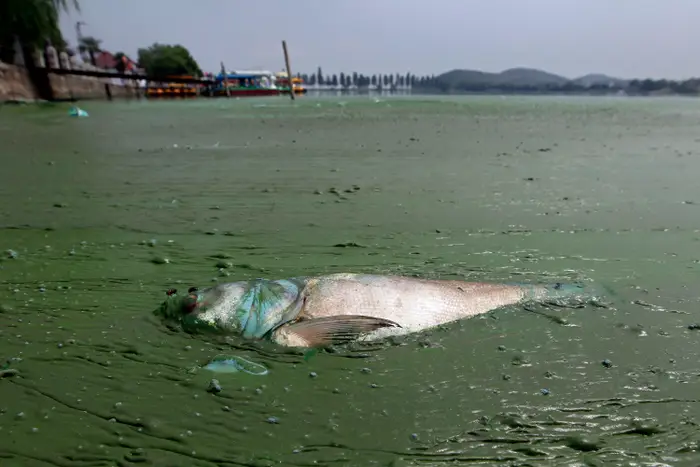
A manufacturer of screws and nuts is situated next to a polluted river in Jiaxing, Zhejiang province.
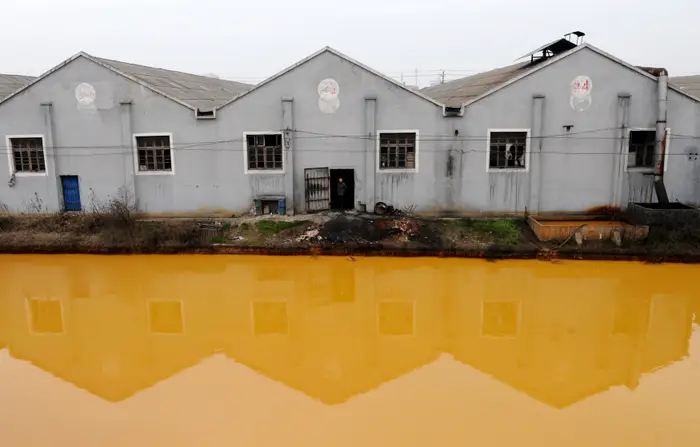
Polluted water from a rare earth smelting plant spews into a tailings dam near Xinguang Village. China supplies 97 percent of rare earths used worldwide, which are used for magnets,bearings and high-tech components that go into computers, vehicles and, increasingly, clean energy technology such as wind turbines and hybrid cars.
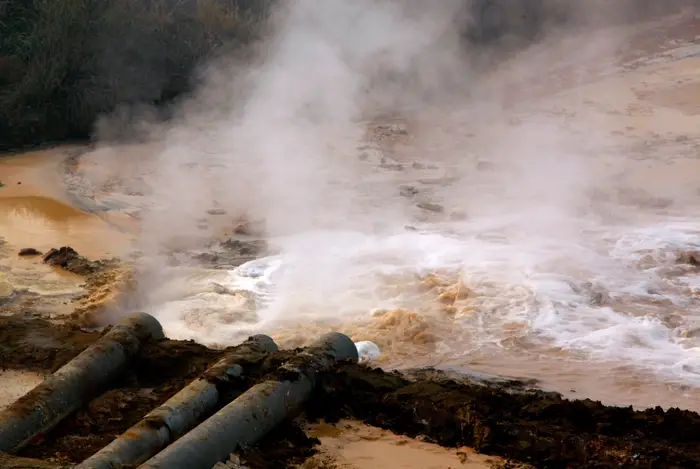
A fisherman scoops up algae-filled water from Chaohu Lake in Hefei, Anhui province, June 16, 2009.
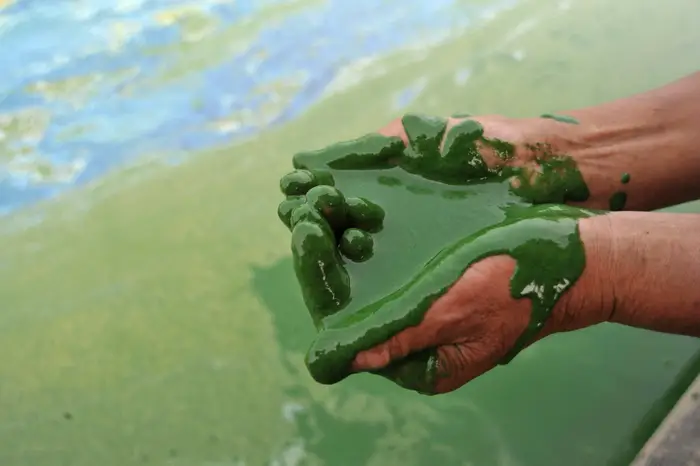
Dead fish are seen floating on a polluted river in Hefei, Anhui province.
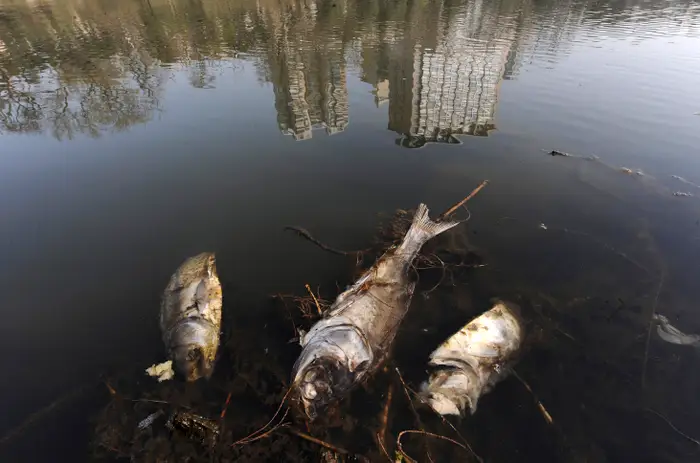
Fishermen walk through the muddy bottom of a polluted canal collecting fish in central Beijing.
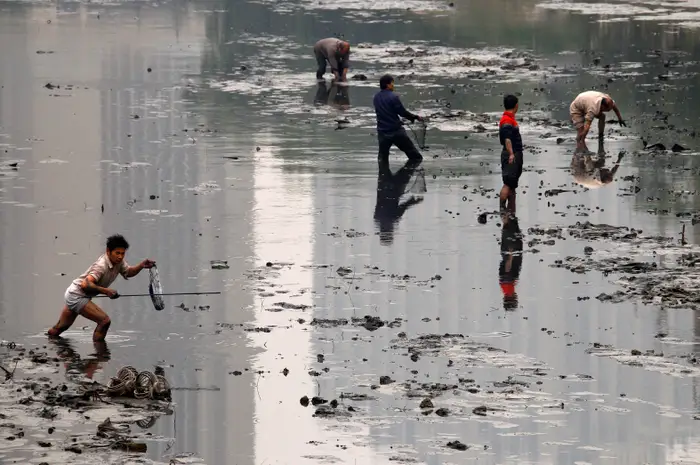
A woman walks on a bridge over a polluted river at a suburban area of Wenzhou, in Zhejiang province.
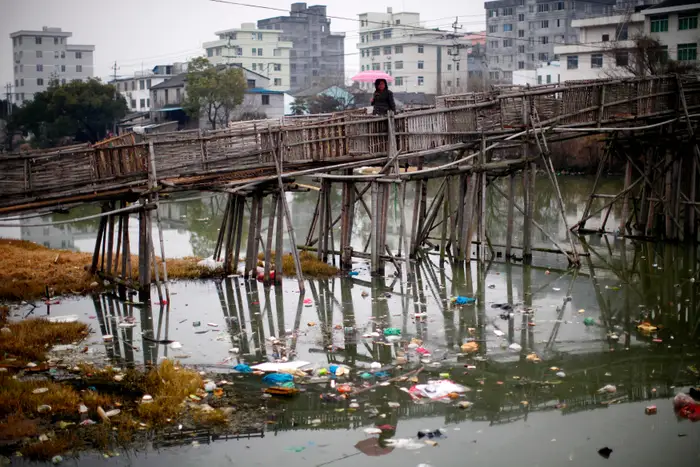
Dead fish, attributed to sewage, are seen at a pond on the outskirts of Wuhan, Hubei province on April 21, 2009.

Potentially lethally polluted river water heads toward Harbin, one of China’s largest cities at 9 million people, after an explosion at a petrochemical plant in November 2005.

Gnats cover railings along the East Lake in Wuhan, Hubei provinceThe small flies appear in the lake because of water pollution and will leave when the temperature drops.
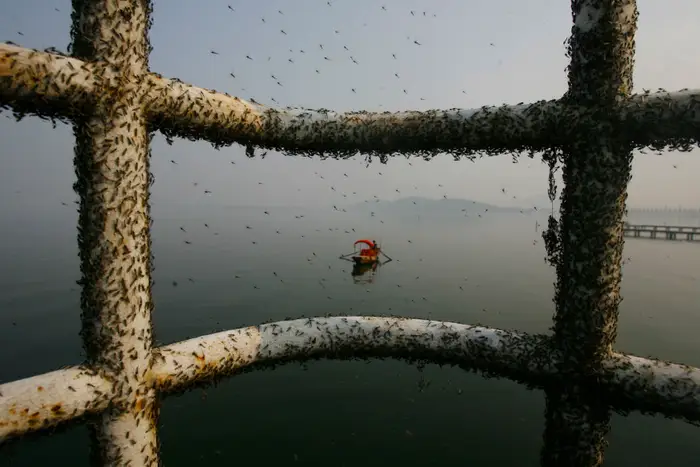
A resident washes clothes in a polluted pond in Xiangfan, Hubei province, March 21, 2010.
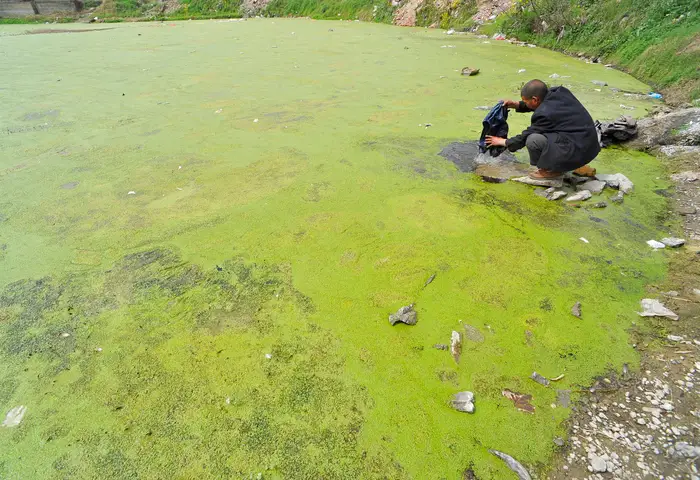
A man swims in a canal polluted with algae blooms caused by heat, in the center of Beijing.
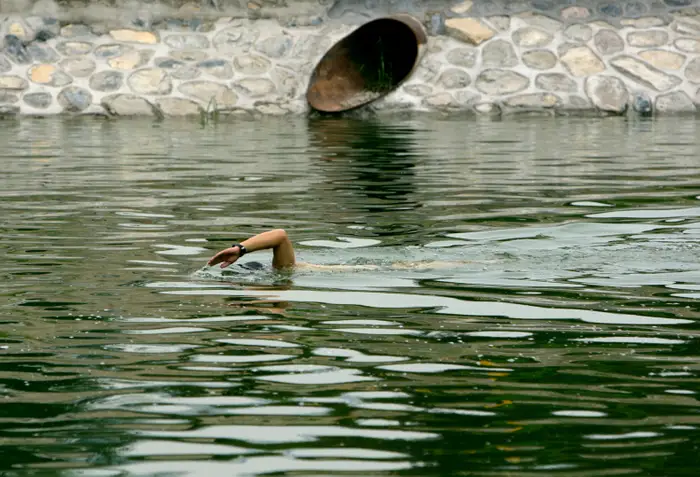
Reference source:

